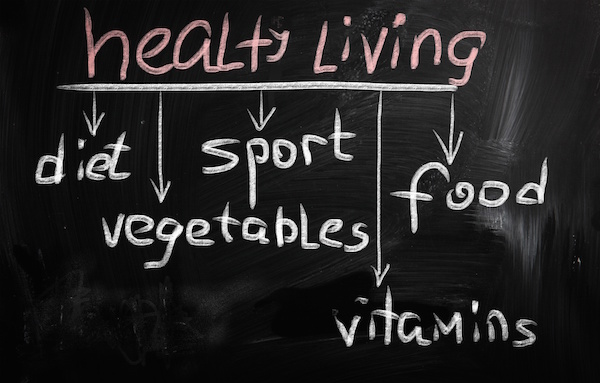
MONDAY, March 2, 2015 (HealthDay News) — Many American teens — both boys and girls — fall prey to physical and sexual abuse while dating, a new survey finds.
Among teens who said they dated, one in five girls and one in 10 boys said they’d been abused at least once during the past year. Most teens who reported physical or sexual abuse experienced more than one incident of abuse, according to the study.
Victims — some of whom could also be perpetrators — were at higher risk of problems such as suicidal behavior, bullying, risky sexual behavior and substance use, the researchers found.
“These numbers are very high and also very troubling,” said Monica Swahn, an associate director of research with the Emory Center for Injury Control at Georgia State University.
“These are serious forms of victimization with lasting scars, both physically and emotionally,” added Swahn, who was not involved with the new study.
The findings are from the U.S. government’s annual Youth Risk Behavior Survey, which has asked a question about physical teen dating violence since 1999. The government revised the survey for 2013 and added a question about sexual teen dating violence.
One question asked about purposeful physical violence in a dating relationship, such as “being hit, slammed into something or injured with an object or weapon.” The new question asked if teens were forced to “do sexual things that you did not want to do.”
About 13,000 students in grades 9 through 12 responded to the survey. About three-quarters of boys and girls said they dated. Of those, 21 percent of females reported dating violence within the previous year, while 10 percent of males did.
“While female students have a higher prevalence than male students, male and female students are both impacted by teen dating violence,” said the study’s lead author, Kevin Vagi, a behavioral scientist at the U.S. Centers for Disease Control and Prevention. “Prevention efforts may be more effective if they include content for both sexes.”
Because the survey questions have changed over time, it’s impossible to know whether levels of abuse are getting better or worse, Vagi explained.
The survey also didn’t ask questions about emotional or verbal abuse or stalking, according to Vagi.
Vagi pointed out that there’s no way to know if the abuse actually causes or worsens certain problems, such as suicidal behavior and substance use. Still, “all of these health-risk behaviors were most prevalent among students who experienced both forms of teen dating violence and least prevalent among students who experienced none,” he said.
What can people do to prevent teen dating abuse? “Parents and caregivers can help shape the relationship decisions that teens make by talking early about healthy and unhealthy relationships, and the need for respect,” Vagi said.
Emily Rothman, an associate professor with Boston University School of Public Health, put it this way: “Parents, schools and pediatricians need to ask themselves: Am I talking to the teens in my life about the importance of respect in a dating relationship? When was the last time we had a conversation about the importance of consent when it comes to sex, not just the importance of using a condom?”
As for the future, “we need to know more about how to effectively prevent dating violence, not just by doing classroom education about it, but also by working with parents, teachers, clergy, and other professionals who work with youth,” Rothman said.
“We have already learned quite a lot about what causes dating violence, but solutions are still few and far between, and investments in prevention will undoubtedly pay off,” Rothman added.
The study was published in the March 2 online edition of the journal JAMA Pediatrics.
More information
For more about teen dating violence, visit Stayteen.org.
Copyright © 2025 HealthDay. All rights reserved.

